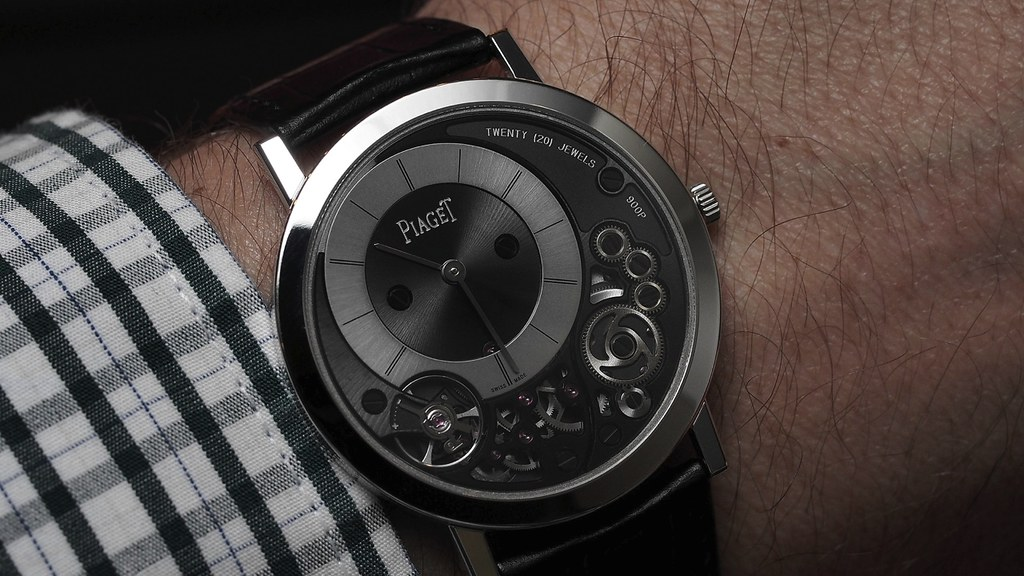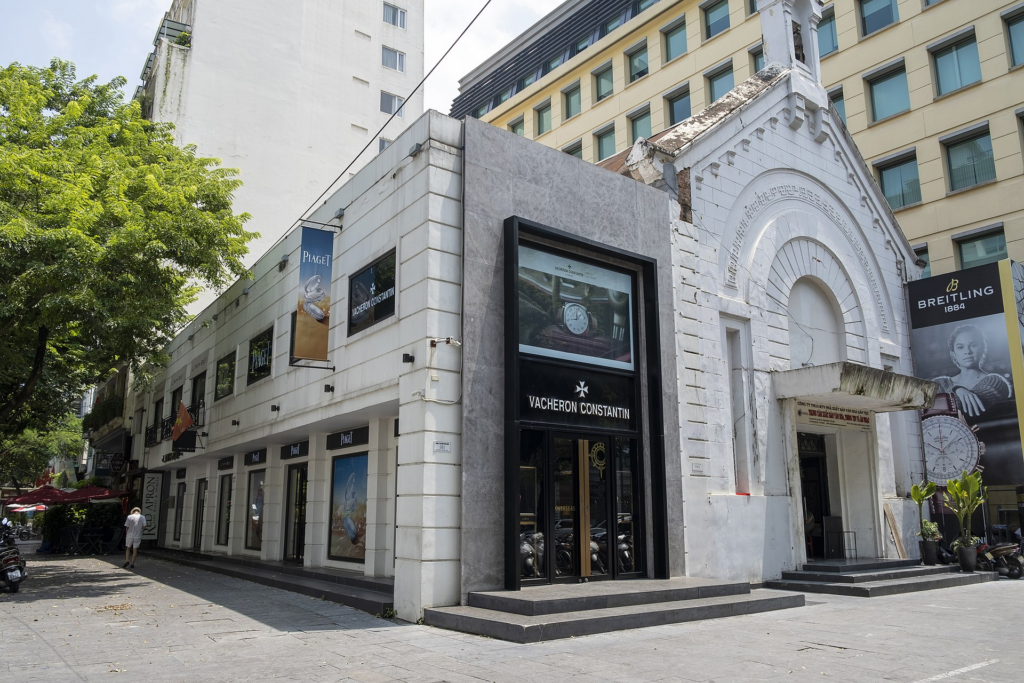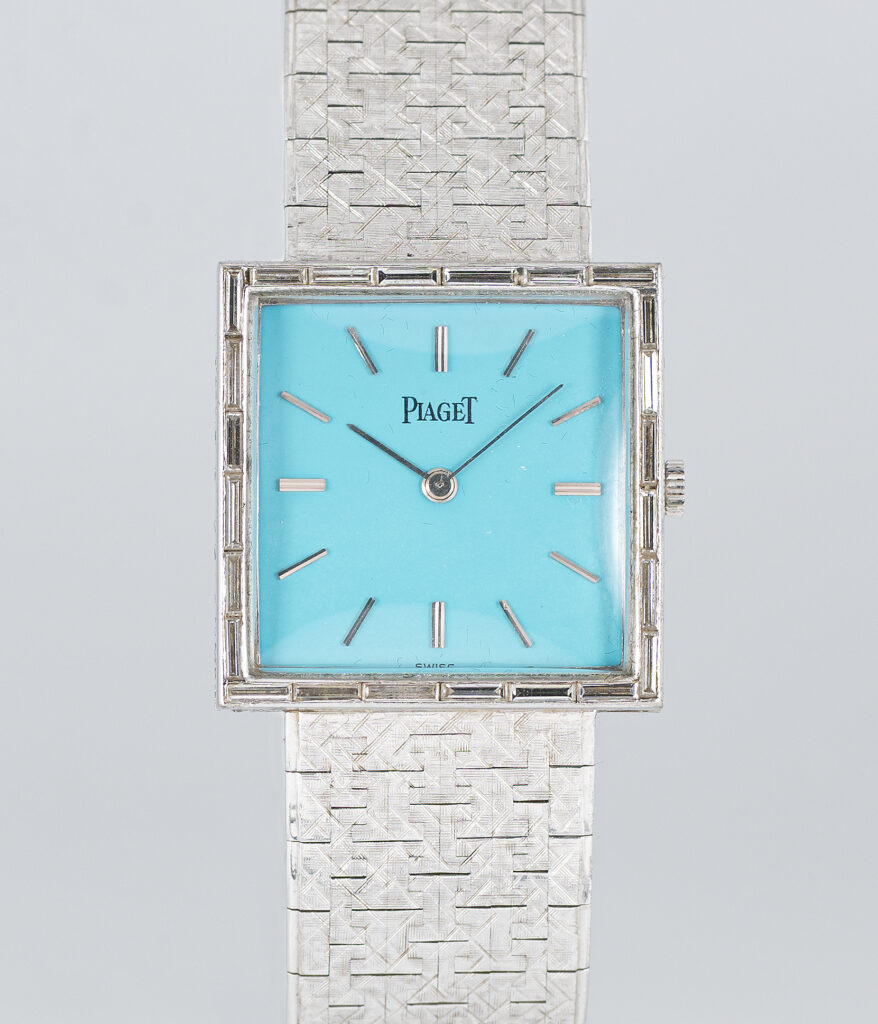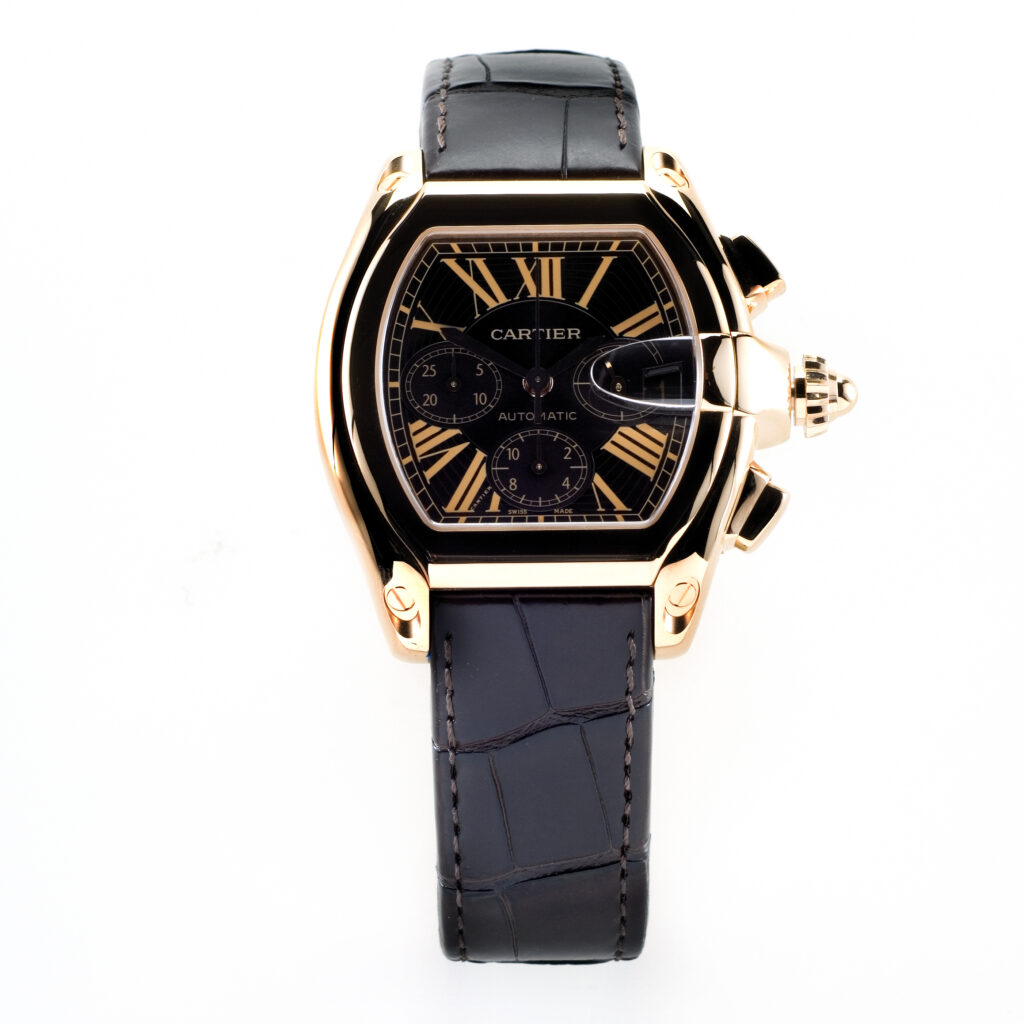In the world of luxury timepieces, few names evoke a sense of timeless elegance and exquisite craftsmanship quite like Piaget. With a history spanning over a century, this prestigious name has established itself as an icon of excellence and innovation in horological design. From its humble beginnings in a small Swiss village to its current status as a symbol of refinement, the journey of Piaget watches is nothing short of extraordinary.
From groundbreaking achievements in ultra-thin movements to their fusions of art and craftsmanship, discover the intricacies behind one brand’s story of passion, dedication, and a relentless pursuit of perfection.

The Very Beginning
The story of the Piaget brand begins in 1874, when Georges-Édouard Piaget first set up his workshop on his family farm in the village of La Côte-aux-Fées, Switzerland. Piaget was only 19 but already lived by a motto of “always do better than necessary”. It was with this dedication that he put himself to the task of producing fine, high-precision movements for clocks.
Piaget quickly garnered a reputation for high quality, leading the company to become the supplier of movements for several other well-known Swiss watchhouses.
A Turn to Timepieces
By 1910, the company was flourishing. But it was to adapt and evolve under the guidance of Timothée Piaget, Georges-Édouard’s son. He took over the company in 1911 and transformed it into a full-fledged manufacturer of luxury wrist and pocket watches – not just their movements.
Registering the Trademark
It took several decades for Piaget to achieve its next significant milestone: the registration of the company name as a trademark and the signing of its movements with its nomenclature. This happened in 1943, under the guidance of Georges-Édouard’s grandsons, Gérald and Valentin Piaget. Two years later, a larger manufacturing site was opened in La Côte-aux-Fées.
Ultra-Thin Movements

Valentin Piaget was determined to cement the brand’s reputation, not just in Switzerland but globally. He achieved it in 1957, with the successful creation and implementation of sleek, ultra-thin movements. These were introduced in the release of the mechanical hand-wound 9P Calibre. At just 2mm thick, it was one of the thinnest watches ever crafted and caused a stir in the industry and with enthusiasts at the Basel Fair.
In this same year, Piaget also released the Emperador men’s watch. This has since become one of the most emblematic models of the brand.
Determined not to settle, the company continued to work to break records. In 1960, it introduced a micro-rotor concept that enabled it to create the 12P Calibre watch. At 2.33mm thick, this was officially the thinnest automatic movement in the world. It also established Piaget as the name to turn to when in need of men’s ultra-thin watches.
Jewellery
At the same time as making history with its ultra-thin watches (including incredible ring watches, brooch watches, and coin watches), Piaget was also launching its first pieces of jewellery. This led to the opening of a new factory in Geneva, dedicated purely to this.
The addition of jewellery to the company name swiftly led to the opening of Piaget’s first boutique, the first “Salon Piaget”, in the city in 1959. Geneva also became the company’s home for its ateliers specialising in goldsmithing and gem-setting.
To this day, Piaget is one of the few manufacturers that melts its own gold. This gives the company the ability to experiment with practices such as gold engraving, cases, and bracelets, and to offer a greater variety than many modern catalogues.
Expansion
In 1963, Piaget presented their first watches crafted with dials worked in precious stones, after instruction from Valentine Piaget to “do what has never been done before”. These first models were made with lapis lazuli, opal, jade, turquoise, onyx, malachite, and tiger’s eye, and were made 40 years before competing watchhouses attempted to replicate the design.
Understandably, many makers were hesitant to use gems in the process. When cut to under 1mm, stones are incredibly fragile and difficult to work with. However, when used by Piaget they ensured a distinctive look that meant each wearer was able to have their “own” watch, even when that watch used the same materials as another.
This set Piaget apart from other watchmakers, who had previously achieved coloured dials with paint or lacquer (thereby achieving an identical finish every time). Combining this with a personalised service that resulted in custom designs, the company remained a huge sensation in the world of watchmaking.
This decision to use stones would later be explored further in Piaget’s 21st-century collection of watches.
These glamorous designs were a hit with some of the most famous names on the planet, attracting attention from Elvis Presley, Jackie Kennedy Onassis, Elizabeth Taylor, and Sophia Loren. It also led to the company forging several long-lasting friendships, starting notably with Salvador Dalí in 1967. The company acquired the rights to use Dalí’s designs in a limited edition collection this same year.

Launches of the 1970s and 1980s
Piaget embraced new technologies as time went on, launching the 7P Calibre quartz movement during the quartz crisis (1970s – early 1980s). The avant-garde style Piaget Polo watch was introduced in 1979, quickly becoming a well-known and loved collection in the brand’s long history. It forever tied the brand to the “sport of kings”, and became a mark of true wealth and luxury.
The company would move forward to produce the Dancer collection in 1986.
Piaget Society and the Presidency of Yves Piaget
Yves Piaget, great-grandson of Georges-Édouard, has been president of the Piaget company since 1980. Under his guidance, the name has become synonymous with elegance, splendour, and “beautiful people”. It was his influence that led to the creation of the “Piaget Society”, spectacular events held in cities around the world, hosting Piaget’s wealthiest, most famous, and most influential patrons.
Having moved to Los Angeles to study gemology, Yves Piaget was acutely aware of the power and influence held by Hollywood. He understood the benefits of having some of the most celebrated people in the world wearing his brand and has leveraged this to tremendous success. Andy Warhol, who had been an avid collector of Piaget watches since 1973, became a key figure in the Piaget Society in 1979.
Merger
The Piaget manufacture was purchased in 1988 by the Vendôme group, now called Richemont.
The 1990s Collections
Several new Piaget collections were launched across the 90s. These included Possession, Tanagra, Limelight, and Miss Protocole (offering interchangeable straps).
The Possession collection was instrumental in the development and eventual introduction of the Altiplano collection. The latter was named for the South American plateau, given that it is designed to sit as flat as a plateau when worn on a wrist.
The company also relaunched the Emperador line in 1999.
Piaget in the 21st Century
In 2001, Piaget opened a new atelier in Plan-les-Ouates, just outside of Geneva. The movements made for the company’s watches continue to be made at its site in La Côte-aux-Fées, but the new building grouped together over 40 professions related to watchmaking and jewellery making.
Developing mechanical movements, the company brought out the first Piaget Manufacture tourbillon movement, the 600P Calibre. At 3.5mm, it’s the thinnest tourbillon in the world.
In 2004, Piaget celebrated its 130th anniversary. A year later, in 2005, it would launch its own Best Jeweller prize. This prize is to be awarded to the most deserving student of the Certificat Fédéral de Capacité in watchmaking, demonstrating the company’s commitment to uplifting fine watchmakers of the future.

A History of Prizes
Across this estimable timeline, Piaget and its watches have also been the recipients of several important awards in fashion and the world of watches:
- The jury of Montres Passion awarded the Emperador model “Watch of the Year” in 2000.
- At the Geneva Watchmaking Grand Prix 2002, the Piaget 1967 was awarded the “Design Watch Prize”.
- In 2003 at the same event, the Altiplano XL won the “Ultra-Flat Watch Prize”.
- At the same event in 2006, Piaget was awarded the Ladies’ Jewellery Watch Prize for the Limelight Party.
- In this same year, the Limelight Party watch was also elected “Most beautiful watch of the year” by the magazine Vogue Joyas Spain.
- In 2007, the Piaget Polo Chronograph watch was elected “Watch of the Year” by the jury of the French magazine La Revue des Montres.
- In the same year, the Emperador model was awarded Men’s Watch of the Year at the Middle East Watch of the Year Awards 2007, organised by the magazine Alam Assaat Wal Moujawharat.
- The Limelight Party Secret was named “Watch of the Year” in the Ladies’ Watch category by Belgian magazine Passion des Montres.
The Value of Your Piaget Watch
While Piaget watches hold a special place in horological heritage, they are also a worthwhile investment. All Piaget watches hold excellent potential for financial gain, with interested buyers across the UK and internationally.
An expert will be able to give an accurate valuation fo your watch by examining it and considering several factors including:
- Age
- Condition
- Metals used
- Precious stones used
- Complications and functions of the watch
- The desirability of the model or collection it comes from
Turn a Watch’s Value into Instant Payment
If you own a Piaget watch and are ready to part ways with a piece of history, our expert will be ready and waiting to guide you through the process. Contact Burlingtons Ltd. to book a free, fair valuation based on market prices for luxury watches. We’ll arrange a date and time to come to you, anywhere in the UK, to ensure it’s carried out safely and comfortably.
Contact us if you would like to learn more, or begin the process by telling us more about the watch you would like to sell.
Get a fantastic upfront price for your Piaget watch
Contact us to get started




